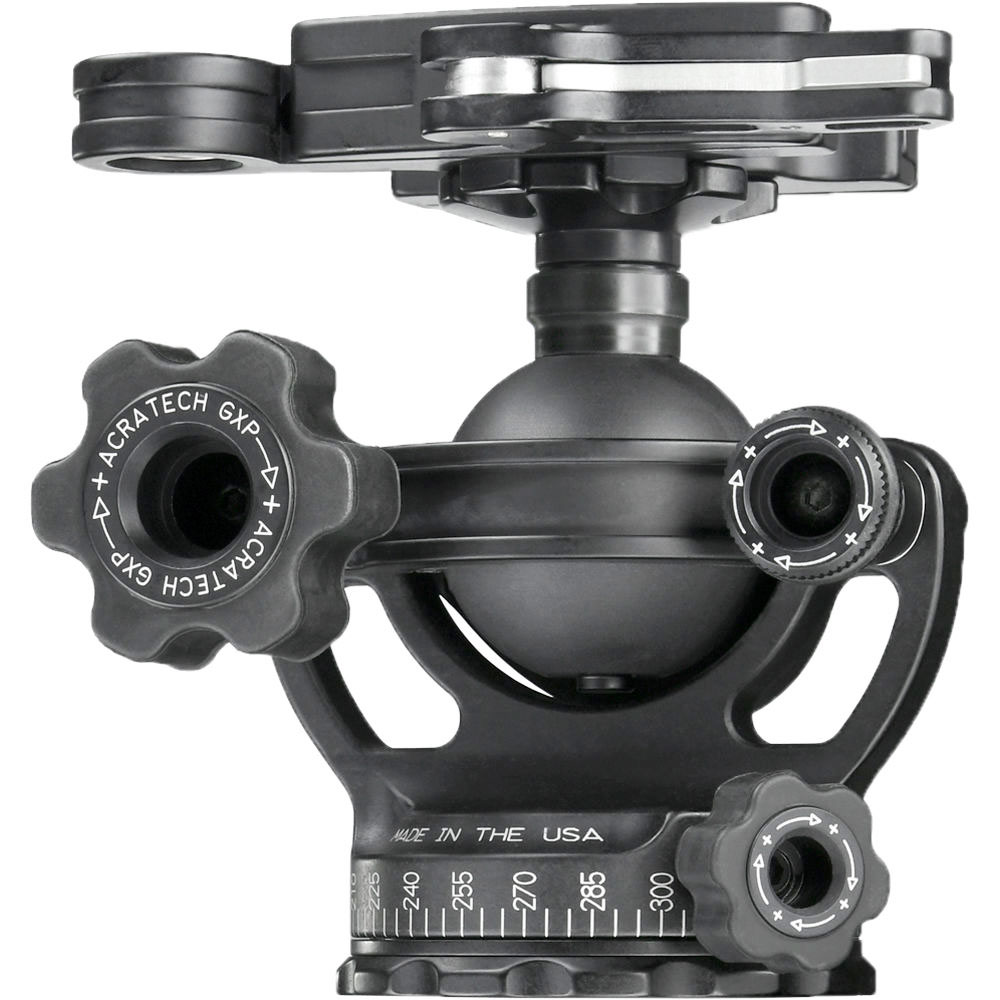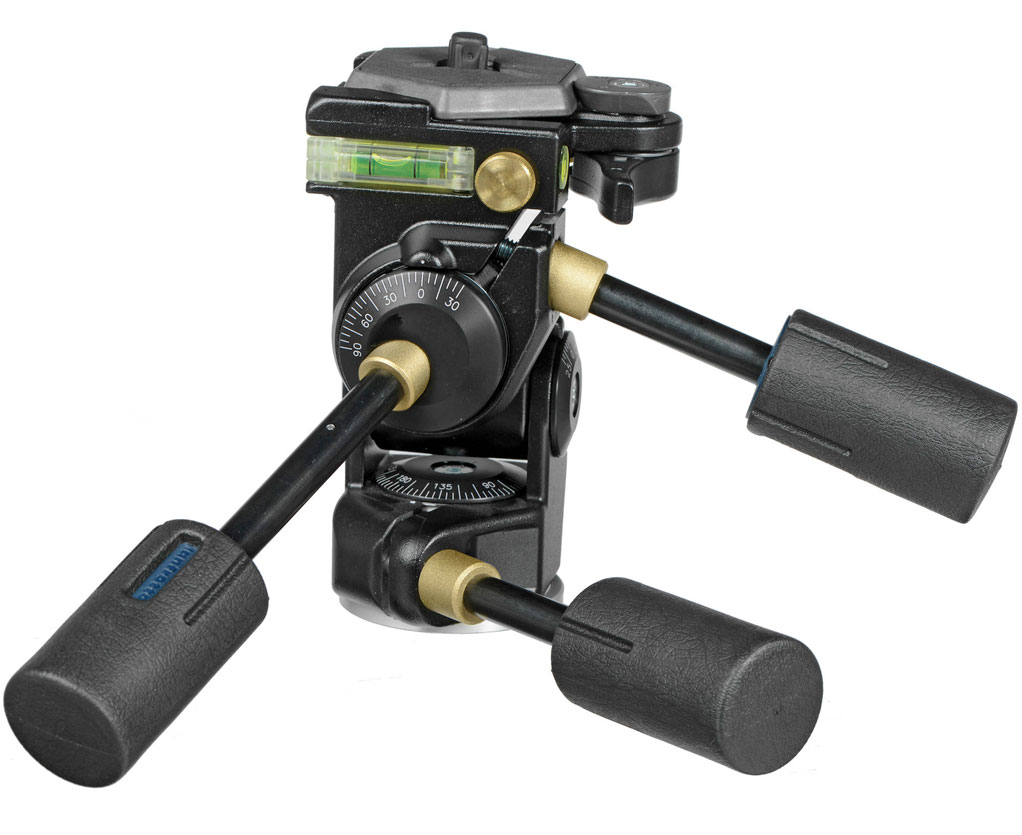Staring today and continuing into the Holiday Season, I’ll be posting a series of shopping guide that might be helpful for when your shopping for a favorite photographer. Let’s kick it off with a look at tripod heads…
Today’s Post by Joe Farace
The holidays will be here before you know it and to help you find a gift for yourself or a friend, sibling or a spouse who’s interested in photography, I’ll be posting these guides occasionally during the next shopping weeks until Christmas. I’m kicking it off with a look at tripod heads.
Like you, I have more than one tripod including a carbon fiber Sirui monopod, Manfrotto aluminum tripod and a classic (albeit custom made for me) red and gold Tiltall.
 There are basically two types of heads that are available for tripods: ball or pan-tilt. While there may be some disagreement among photographers as to the shape, style and what material produces the best type of tripod legs, there’s much more debate as to what type of head is “right.” The ball head folks tell you their favorite is quick, easy to use, and you don’t have to turn different levers to get the camera in a position that you want. The pan-tilt head group, on the other hand, will tell you that it’s design makes it easier to level the camera or follow movement.
There are basically two types of heads that are available for tripods: ball or pan-tilt. While there may be some disagreement among photographers as to the shape, style and what material produces the best type of tripod legs, there’s much more debate as to what type of head is “right.” The ball head folks tell you their favorite is quick, easy to use, and you don’t have to turn different levers to get the camera in a position that you want. The pan-tilt head group, on the other hand, will tell you that it’s design makes it easier to level the camera or follow movement.
Things To Look For
Start by taking a look at the size of the head. It may not be obvious to the novice tripod shopper but the size of the camera platform should be appropriate for the size of the camera you plan to place on it. The larger the platform, the more securely the camera can be seated and balanced. A larger head also provides the space for positive locking mechanisms. When tripod hunting, ask yourself how does it feel. Is it easy to use? When some people, like Mary, are exposed to a ball head for the first time they say “Wow, I love it” You’ll never know unless you try.
Ball heads, like the Acratech GXP Ball-Head with Lever Quick Release Clamp, can support cameras weighing up to 50 pounds but itself only weighs one pound. To put that in perspective a Canon EOS 1DX Mark II weighs 3.37 lbs. The head (at left) has a large lock knob that’s easy to tighten even when wearing heavy winter gloves. When shooting a sequence of images, it’s panoramic capabilities include an adjustable zero pointer that makes it easy to return to your starting point The quick release clamp has deep side notches for more clearance with other manufacturer’s stop screws or QR. All this is not inexpensive; the head costs $559.95.
 A pan-tilt head usually has three levers, like the Manfrotto 229 Super Pro Head, but also sometimes two, that control forward and backward motion, plus the ability to quickly change from horizontal to vertical position.
A pan-tilt head usually has three levers, like the Manfrotto 229 Super Pro Head, but also sometimes two, that control forward and backward motion, plus the ability to quickly change from horizontal to vertical position.
Each movement of a panhead requires a means of locking that movement. Unlike a ball head, one axis can be adjusted at a time, which can be especially important if you’re doing precise work like architectural photography.
Most two-lever models require you to reorient the camera on the platform for vertical or horizontal photographs. Some two-handle models provide three lever flexibility by using a small lever that provide for this flipping action. This Manfrotto head costs $
My Advice
All of which brings to mind the first rule while tripod shopping: Beware of bargains. Tripods and tripod heads come in a variety of prices but you generally get what you pay for. You may be tempted to cut corners and get something less expensive but don’t do it! You’ll just end up having to buy another tripod and/or head. I’m speaking from experience, sadly.